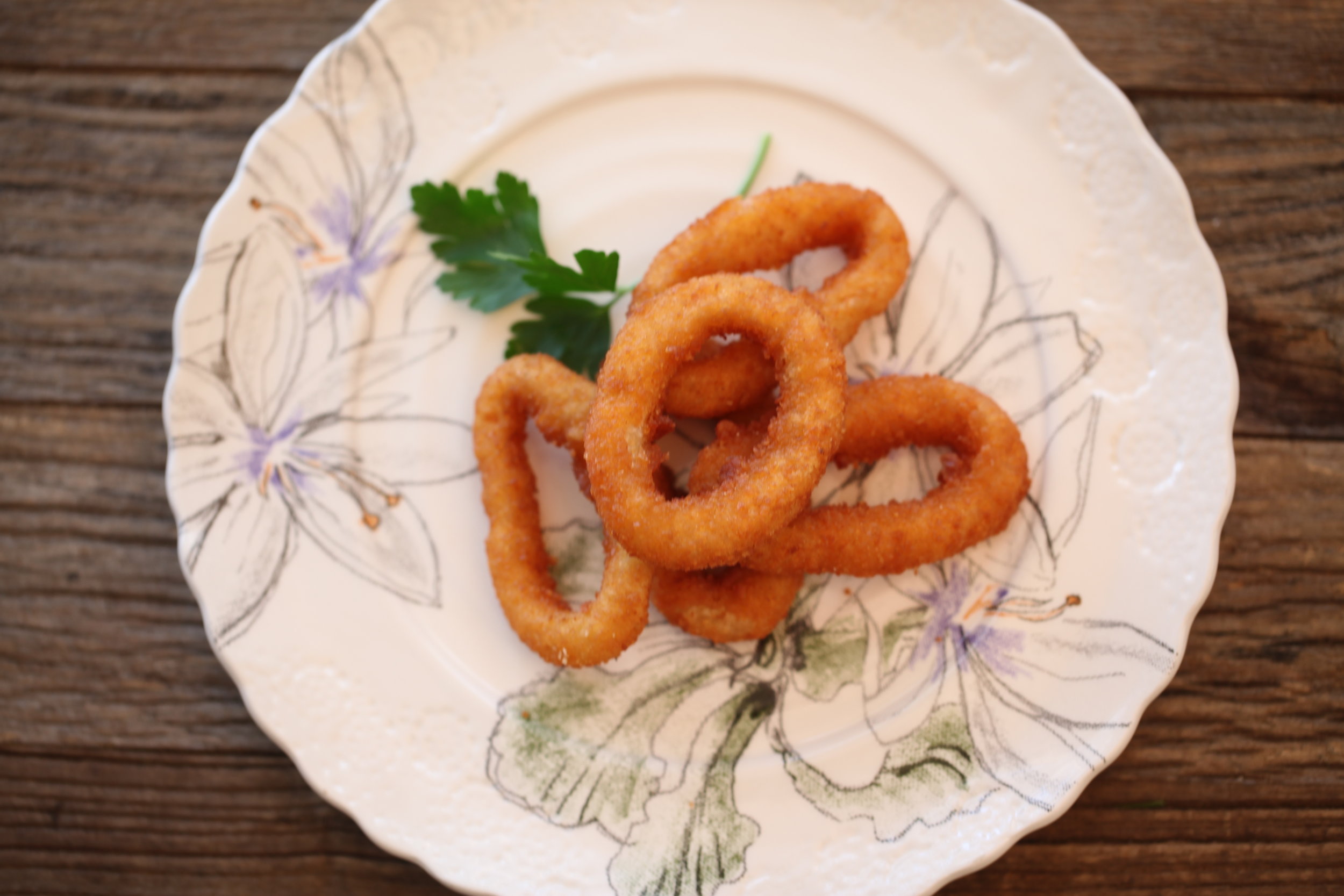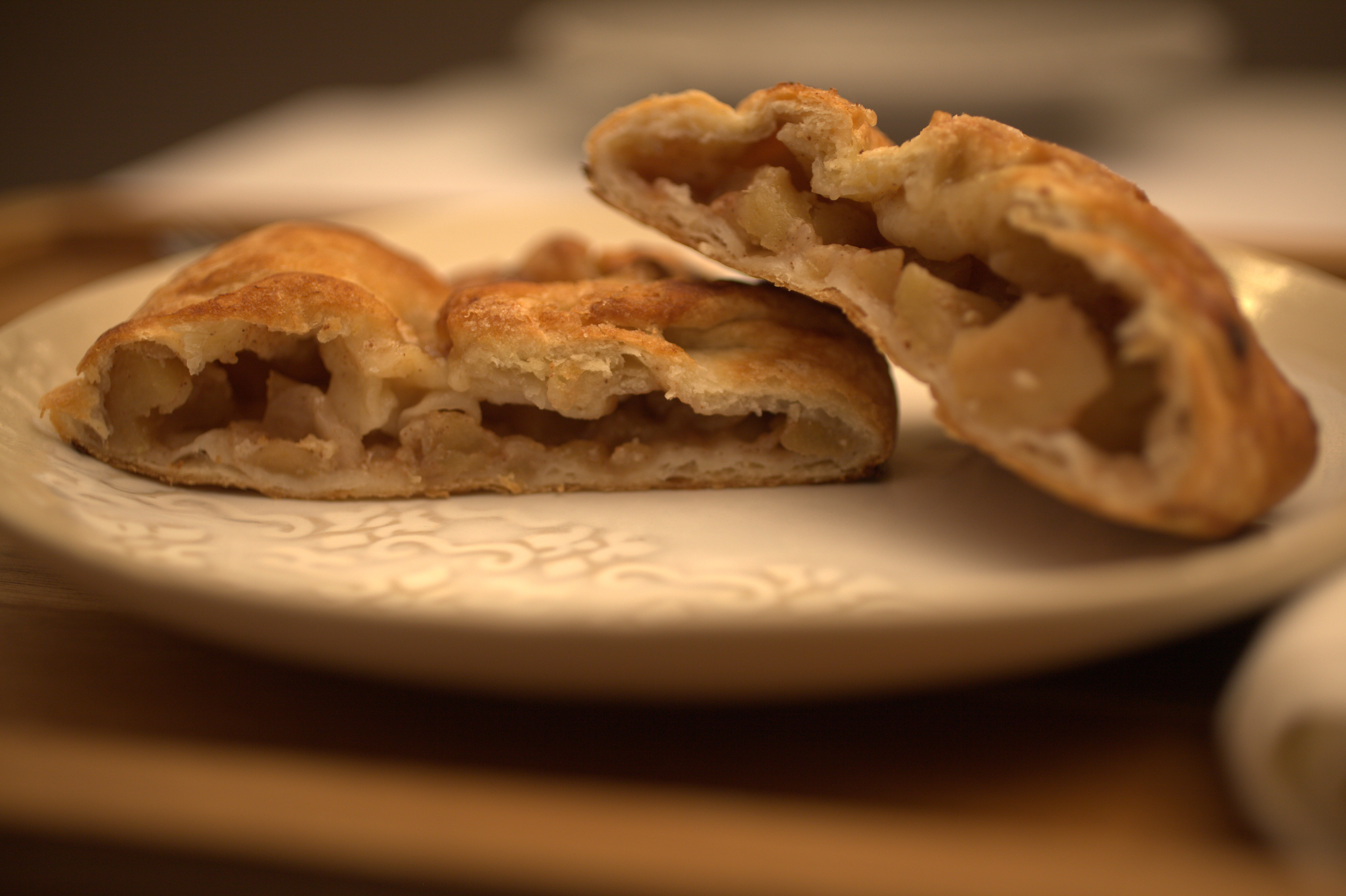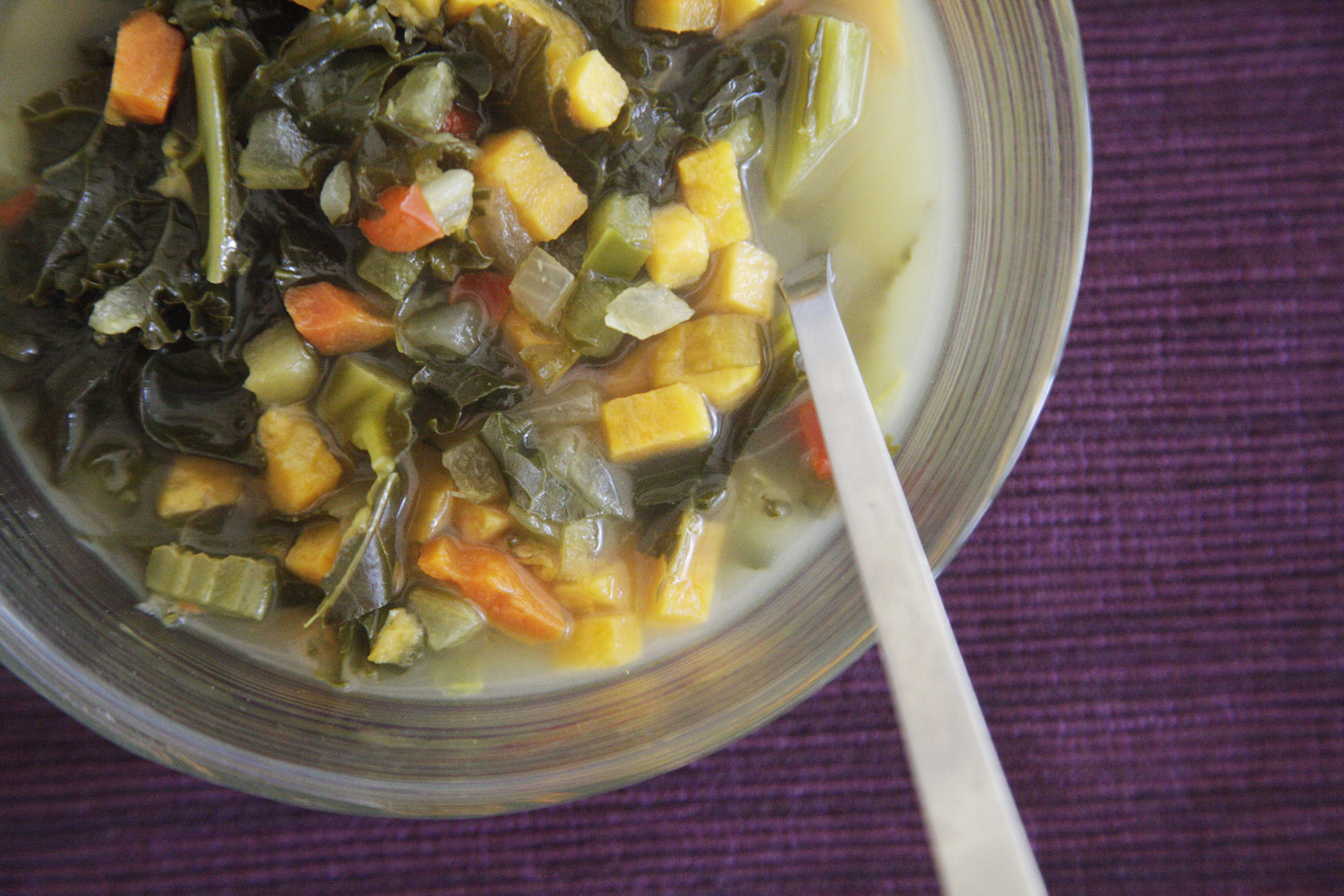Photo Credit: www.pinterest.com
Millennial pink foods are everywhere. If you’ve gone shopping, scrolled through your social media feed, or if you even just have an internet connection, you have heard something about the millennial pink foods trend. The popularity of the pink food began in 2017 when the New York Magazine wrote an article about it.
There are different ways that millennial pink has appeared, from clothing to women’s hair color, but it’s millennial pink foods that have grabbed pop culture’s imagination. Millennial pink has become a dream food. And, better yet, it has been found that the food items are good for health as well. Here we have a list of the top five most popular millennial pink foods and their effects on our bodies.
BEETS
This earthy vegetable can be a lot of fun to cook with. Its juice can be used for natural pink coloring of any dish, from pilaf to smoothies. Like watermelon, beets have a high concentration of lycopene. What’s more, they also have high concentrations of folate and anthocyanins. Folate is used by the body to make red and white blood cells and to convert the carbohydrates you eat into energy. Expecting mothers who take folate will also protect their developing child from birth defects. Anthocyanins, on the other hand, are used by the body to repair its muscles after workout or injury. They also protect your body from various disease by improving your immune system and reducing inflammation.
WATERMELON
Watermelon is one of the most famous pink food items. It is is used around the world in a variety of forms. It is perfect for hot summer days because you can cut it up and enjoy it as-is, or you can use it as in ingredient in your drinks, salads, meat dishes, and even infused in your ice cream. The health foods industry loves it because of its high concentration of lycopene. Lycopene is a very strong antioxidant that can benefit your blood pressure, skin, heart, flight inflammation and even help to fight diseases such as cancer.
RASPBERRIES
Raspberries are the perfect fruit. Not only are they one of the few fruits that are low on the glycemic index (making them low in sugar and therefore better for your body than their sugary counterparts), they have a high concentration of fiber. These traits make it the perfect fruit for losing or maintaining weight. Eating such a low sugar fruit will help you to maintain your level of energy throughout the day. The addition of fiber into your diet will help to improve your digestion. Between the two, your body will benefit from regulated blood sugar levels and reduced cholesterol levels.
DRAGON FRUIT
The dragon fruit is rapidly gaining popularity not only because it is a pink food but also because it is extremely photogenic. However, the delights that dragon fruit provides do not end there. The fruit also has a rich concentration of Vitamin B, Vitamin C, and fiber, which makes it a delicious and beautiful addition to your diet.
RED GRAPEFRUIT
If you are looking for a new way to help your body defend against colds and flus, consider eating more red grapefruit. It has a rich concentration of vitamin C that will not only boost your immune system but help to delay the signs of aging. It also has a high concentration of pectin that helps to reduce cholesterol and it is good for the GI tract.
As you can see, the Millennial pink foods trend may seem superficial, but each food has high concentrations of vitamins and nutrients that are healthy for your body. Benefits range from improved performance, disease prevention, and weight loss. Below are a few recipes to get you started in working these power foods into your diet.
BONUS: MILLENNIAL PINK SMOOTHIE BOWL
Photo Credit: www.breakfastwithflowers.com
Ingredients
1 large dragon fruit, peeled and cut
5 large strawberries cut
1 cup raspberries
1 banana, cut
1 medium beet, peeled and cut
3/4 cup coconut milk yogurt
2 tablespoons chia seeds
1 tablespoon agave
1 teaspoon lime juice
1/2 cup of crushed ice
Instructions
Combine all ingredients into a blender. Blend on high until smooth.
BONUS:GRAPEFRUIT WATERMELON SALAD
Photo Credit: www.lifeisbutadish.com
Ingredients
1/2 cup hazelnuts
2/3 cup water
1/3 cup lime juice
1/2 medium watermelon, cubed
2 small ruby red grapefruit, split into wedges
1/3 cup mint, sliced
Instructions
Preheat oven to 350°F. Spread the hazelnuts out on a baking tray. Bake in oven for 10 minutes or until toasted. Fold the hazelnuts in a towel and rub to remove the skins. Chop them into large pieces.
Place the watermelon, grapefruit, and mint in a large serving bowl. Combine the water and lime in a small bowl. Drizzle over the fruit mixture and gently toss to combine. Cover with plastic wrap and place in the fridge for at least 1 hour. Sprinkle with hazelnuts and serve.
_____
This article was written by Wheeler del Torro, Nutritional Anthropologist & Founder of Seasonality Spices


























